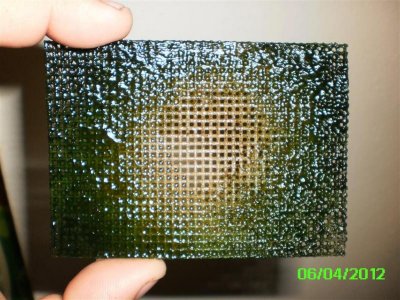dave.m
Active member
In my personal opinion, no. The bulb manufacturers are trying to deliver more blue with what the physical medium is capable of. Does this match nature? No, but it is close. But do you really want natural light? In nature everything tends to disappear into shades of bluish grey as a form of camouflage. IIRC Dana Riddle wrote a column in Advanced Aquarist about this topic not too long ago.But are the 15 to 20k bulbs out there really doing it right??
The thing with aquariums is that, to be honest, we do not want to see corals and fish in their naturally lit environment. The various colours they have evolved into are designed to disappear from view into various shades of blue-grey in nature. We want those colours to really pop in our aquariums. That's what attracted us to them in the first place.
Do you want your corals to glow under UV like dayglow posters? Then you need to add a UV element to your lighting. (Personally I don't care for this freakish look at all. I hope it is just a dopey fad, like grow lights once were to the freshwater aquarium hobby.) Do you want to satisfy as many different types of photosynthetic invertebrates as possible? Then pile on the blue light. (Personally I think this looks bizarre, as our lights do not contain the full spectrum of shades of blue.) Do you want to simulate a shallower water environment? Then you need to add warmer colours to your lighting palette, like 6500-10000° K bulbs. (You should note, however, that recent discoveries on the reef show that corals are genetically attuned to stop growing under red light in order to avoid being overly exposed at high tide.)
I think reef aquarium lighting is still very much a matter of personal taste. As long as you are at least meeting the basic requirements of your pets the rest is up to you.
There was an article on this recently. Tests proved that xenias pulse more when there is insufficient water movement around them to meet their respiratory needs. As you noted, excess oxygen production from too much light might have something to do with this, but it is the rate of water change, not the rate of light, that drives the pulsing.sniceley said:Ever notice how Xenia pulses faster the brighter the light.
Dave.M

